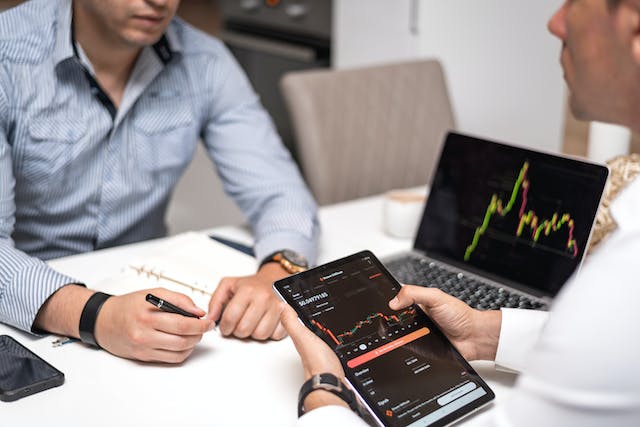Risk Management: The Key to Long-Term Forex Trading Success
In forex trading, success is not just about making profitable trades—it's about managing risks effectively. Without a solid risk management strategy, even the most skilled traders can find themselves facing significant setbacks. Here's a brief guide to help you understand and implement essential risk management techniques for a more sustainable and successful trading journey.
Understanding Risk-to-Reward Ratio:
One of the fundamental principles of risk management is the risk-to-reward ratio. This ratio helps you assess the potential gain against the potential loss for each trade. A common rule of thumb is to aim for a minimum of 1:2 risk-to-reward ratio. This means that for every dollar you're willing to risk on a trade, you should have the potential to make at least two dollars in profit. By consistently adhering to this ratio, you ensure that your winning trades can offset potential losses.
Setting Stop-Loss Orders:
An important component of risk management is setting stop-loss orders. These orders allow you to predetermine the maximum amount you are willing to lose on a trade. Placing stop-loss orders based on technical analysis and market conditions helps protect your capital from significant drawdowns during adverse market movements.
Diversification:
Avoid putting all your eggs in one basket. Diversifying your trades across different currency pairs and instruments can help spread risk and minimize the impact of a single unfavorable market event. A well-diversified portfolio can contribute to a more stable and resilient trading strategy.
Position Sizing:
Determining the appropriate size for each position is vital in risk management. Avoid over-leveraging, as it can magnify both gains and losses. Many successful traders recommend risking no more than 1-2% of your trading capital on any single trade. This approach safeguards your account from significant depletion due to a series of losing trades.
Regularly Assess and Adjust:
The forex market is dynamic, and market conditions can change rapidly. Regularly assess and adjust your risk management strategy to align with the evolving market dynamics. Stay informed about economic indicators, geopolitical events, and other factors that may impact currency prices. Always be ready to unlearn old patterns and learn new ones.
Conclusion:
In the unpredictable world of forex trading, mastering risk management is the key to longevity and success. By implementing these fundamental principles—maintaining a favorable risk-to-reward ratio, setting stop-loss orders, diversifying your portfolio, carefully sizing your positions, and staying adaptable—you can navigate the markets with confidence and resilience. Remember, it's not just about making profitable trades; it's about protecting your capital and ensuring sustainable growth over the long term.
Also, there are tools out there to help you automate trading risk managements. Flaxbot is one of the top providers for algo-trading tools, which includes automated trading and risk management too.
Also, there are tools out there to help you automate trading risk managements. Flaxbot is one of the top providers for algo-trading tools, which includes automated trading and risk management too.



